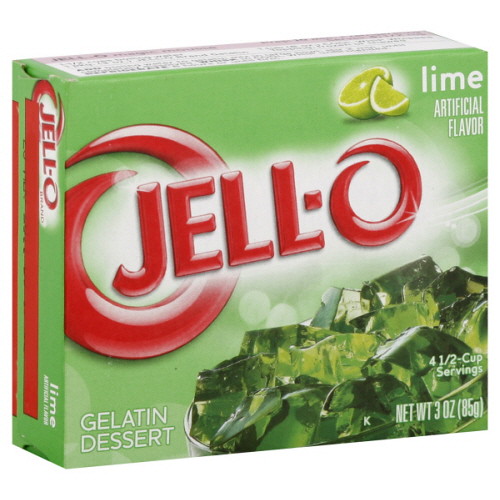
New testing shows low levels of the banned toxic chemical PCB in everyday consumer products such as newspapers, magazines and food packaging.
Jon S/Flickr
New testing shows low levels of a banned toxic chemical are still showing up in a variety of everyday products including paints, newspapers, magazines and cardboard food packaging.
The Washington Department of Ecology tested 68 different products for the chemical polychlorinated biphenyls, or PCBs, which likely cause cancer and were banned in 1979. The tests found the compound at low levels in 49 different products, according to a report released Thursday. The chemical is apparently an inadvertent byproduct of manufacturing many dyes and pigments.
The highest PCB levels were found in packaging of Ritz cheese and cracker snack packaging, paint color and yellow spray paint, but the study didn't assess health risks, according to Ecology spokeswoman Erika Holmes. The compound was detected in packaging of numerous food items including lime Jello, macaroni and cheese, Fruit by the Foot and taco shells.
Credit: Kipa01/Flickr
The report concludes that consumer products are "a continuing new source of PCB contamination" and that one source of that contamination, PCB-11, is mostly unregulated.
PCBs were widely used in electrical transformers and lubricants until they were banned in 1979. They are known to harm immune, reproductive, nervous and hormone-regulation systems in humans and other living things. They continue to be detected in waterways across the Northwest.
The Toxic Substances Control Act that banned PCBs didn't outlaw manufacturing them at low levels, according to Alex Stone, lead chemist on the Ecology project.
“Although PCBs were banned for most uses in 1979, they are often inadvertently produced at lower – but still problematic – levels during manufacturing processes,” Stone said. “Concentrations in each product are low. However, the large number of products that contain PCBs add up to significant releases to the environment.”
The manufacturing of many pigments and dyes produces PCBs as a byproduct, Stone said. Thus, the chemical continues to show up at low levels in items printed with certain inks and dyes.
Stone said the agency decided to start testing for PCBs in consumer products after a wastewater contamination problem at a newspaper recycling plant in Spokane, Wash.
Inland Empire Paper Co. was finding levels of PCBs in its wastewater that exceeded water quality standards. The PCBs were likely coming from ink used to print the paper, Stone said.
Stone said PCBs are long-lasting in the environment and also bioaccumulate as they move up the food chain. Studies have found high levels of PCBs in bears and orcas.
"A lot of the PCBs we were dealing with 40, 50 years ago are the same PCBs we're dealing with today because they stick around for a very long time," Stone said. "Part of the reason we were concerned about this issue is it's sort of a new source. New PCBs are unexpectedly being added to the existing PCBs, so rather than resolving our problems, we're continually making new PCBs and adding them to the environment on almost a daily basis."
PCB contamination levels in Washington are high enough to require cleanup plans in several areas, including the Lower Duwamish Waterway, Spokane River, Wenatchee River and Lake Washington. Gov. Jay Inslee has identified PCBs as a key chemical of concern in a new initiative to tighten water quality standards. A Washington chemical action plan for reducing PCB sources is open for public comment until Oct. 6.
The levels in each product Ecology tested are "not individually risky," Holmes said. But because PCBs are long-lasting in the environment, low levels can add up over time.
"All these things add up to significant concentrations perhaps leaching into the environment," Holmes said. "Almost every water body in the state is contaminated with PCBs, so it is a problem."
Ecology has begun testing additional products such as colored clothing, cosmetics, soaps, office products and children's products such as finger paints and comic books.

